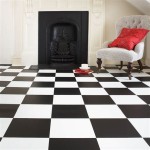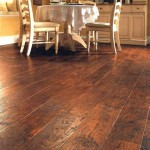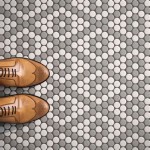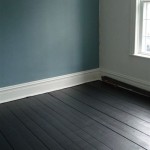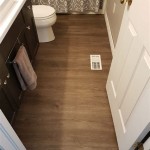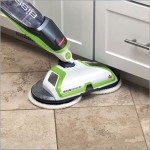Engineered hardwood floors are a popular flooring choice because of their durability and attractive look. These floors are constructed from layers of wood, which makes them more resistant to moisture and temperature fluctuations than traditional hardwood. Over time, however, engineered hardwood floors can become dull, scratched, and worn-looking. Refinishing them is one way to restore their original luster and beauty.
Preparing Your Floors For Refinishing
Before beginning the refinishing process, you must thoroughly prepare your floors. This includes vacuuming and cleaning the floors, paying special attention to any dust, dirt, and debris that may have accumulated. You will also need to fill in any nail holes, scratches, or dents in the flooring. Once these steps are complete, you can begin sanding the floors.
Sanding and Refinishing
When sanding and refinishing engineered hardwood floors, it is important to use the proper equipment and techniques. You will want to start with a coarse grit sandpaper to remove any existing coatings and rough up the surface of the floors. Next, you will want to use a medium grit sandpaper to smooth the surface. Finally, you can use a fine grit sandpaper to ensure a smooth finish. Once the sanding is complete, you can apply a new finish to the floors.
Types of Finish
When refinishing engineered hardwood floors, you have several different types of finish to choose from. These include water-based finishes, oil-based finishes, and wax-based finishes. Each type of finish offers a slightly different look and feel. Water-based finishes are the most popular, as they are easy to apply and offer a glossy, long-lasting shine. Oil-based finishes are more durable, but they can be difficult to apply and may require more maintenance. Wax-based finishes offer a softer, more natural look, but they require regular maintenance.
Maintenance & Cleaning
Once your engineered hardwood floors have been refinished, it is important to take proper care of them. This includes regular vacuuming and mopping, as well as avoiding the use of harsh chemicals. Additionally, you should avoid dragging furniture and appliances across the floors, as this can damage the finish. With proper care, your floors will stay looking beautiful for years to come.
DIY vs Professional Refinishing
Refinishing engineered hardwood floors is a relatively straightforward process, but it can be time consuming and challenging. If you have the time and the necessary skills, you may decide to tackle the project yourself. On the other hand, if you’re not confident in your ability to do the job correctly, it may be best to hire a professional to do the work for you. Professionals have the necessary tools and experience to ensure that your floors look their best.
Conclusion
Refinishing engineered hardwood floors is one of the best ways to restore their original beauty and luster. With the right preparation and the proper equipment, you can easily refinish your floors yourself. However, it’s important to take the time to do the job correctly, as improper refinishing can damage your floors. If you’re not confident in your abilities, it’s best to hire a professional to do the work for you. With proper care, your floors can look as good as new for years to come.















Related Posts

